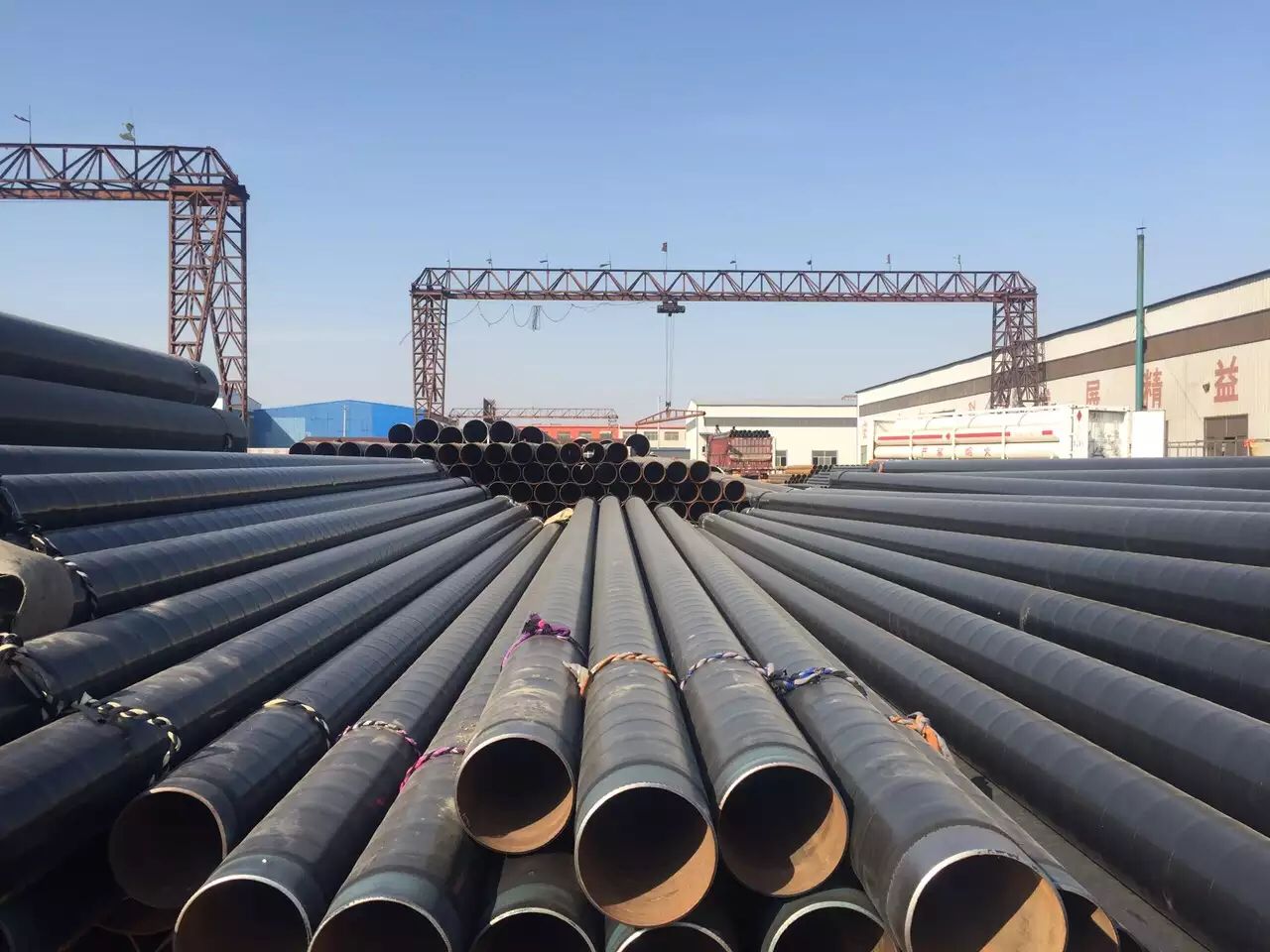The seamless expansion of the seamless steel tube is divided into an overall thermal expansion treatment, a surface thermal expansion treatment, and a chemical heat treatment. The thermal expansion process generally uses an overall thermal expansion process. Generally heated, insulated, cooled, etc.
Basic processes, where defects can occur in these processes. It mainly includes unsatisfactory performance of steel tube structure, excessive size and surface cracks, scratches, severe oxidation, decarburization, overheating, and over-burning.
Features of thermal expansion processing of seamless steel tubes:
Heating
one is heating below the critical point Ac1 or Ac3; the other is heating above the critical point Ac1 or Ac3. The first is mainly to stabilize the structure of the seamless steel pipe and to eliminate residual stress, and the second is mainly to austenitize the steel.
Thermal insulation
The purpose is to uniformly heat the heating temperature of the steel pipe to obtain a reasonable heating structure.
Cooling
The cooling process is a key process of heat treatment, and he determines the metallographic structure and mechanical properties of the seamless steel pipe after cooling.
The cooling methods used in the actual production process are varied. The cooling methods often used are furnace cooling, air cooling, oil cooling, polymer cooling, and water cooling. According to different heating temperatures, combined with different cooling rates, it is divided into normalizing, annealing, tempering, quenching and other processes.
Normalizing
Refining austenite grains, uniform internal structure and changing residual stress state, improving the overall performance of seamless steel tubes. Reduce the banded structure and mixed crystal formed during the deformation process (but can not eliminate the banded structure caused by segregation and inclusions in the steel); eliminate the network carbide in the hypereutectoid steel, which is beneficial to the ball Annealing; used as medium carbon steel and alloy structure.
Pre-quenching pre-treatment to refine the grains to make the structure uniform and reduce the defects caused by the quenching process; for low-carbon steel and low-alloy steel seamless steel tubes to replace the annealing, improve the cutting performance; can also be used as a low requirement Final heat treatment of ordinary seamless pipes.
Annealing
Annealing is divided into re-crystallization annealing, complete annealing, iso-thermal annealing, spheroidizing annealing, and elimination of residual stress annealing. Generally high-carbon, low-alloy and alloy steel seamless steel tubes need to be annealed to reduce their hardness and strength, improve plasticity, eliminate internal stress and uneven structure, refine the crystal structure to facilitate the seamless machining of seamless steel tubes and to be seamless. The final heat treatment of the steel pipe lays the foundation.
Tempering
Tempering is generally divided into low temperature tempering (150-250 ° C), medium temperature tempering (350-500 ° C), and high temperature tempering (500-650 ° C).
Improve the plasticity and toughness of the seamless steel pipe; make the seamless steel pipe obtain good comprehensive mechanical properties, reduce or eliminate the residual stress generated during quenching and stabilize the size of the seamless steel pipe, so that the steel pipe does not change during use.
The tempering is generally air-cooled. In order to prevent the internal stress of the seamless steel pipe from re-generating, it should be slowly cooled. For the high-temperature temper brittle seamless steel pipe, rapid cooling should be adopted after tempering, such as oil cooling.
Quenching
Heating the metal material to 30-50 ° C above the austenite Ac3 line, and after a period of heat preservation, the seamless steel tube is rapidly cooled to obtain a Martensitic or Bainite process. After the quenching of the seamless steel tube, thermal stress and tissue stress are generated, which can generally be eliminated and improved by tempering.
The combination of quenching and tempering can greatly improve the overall performance of steel. Other processes include solution treatment and protective gas heat treatment.
